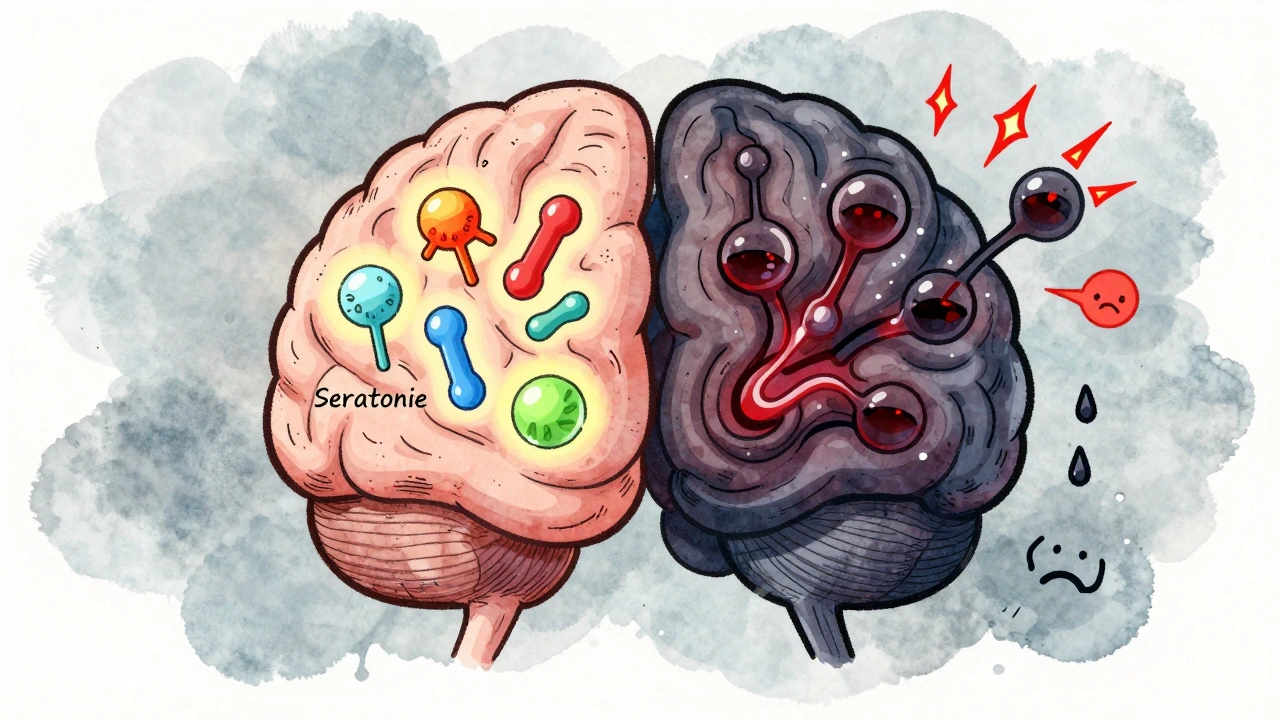Tyrosine Kinase Inhibitor: What It Is, How It Works, and Which Drugs Are Used
When you hear tyrosine kinase inhibitor, a type of targeted cancer drug that blocks enzymes called tyrosine kinases to stop cancer cells from growing. Also known as TKI, it doesn’t attack all cells like chemotherapy—it zeroes in on the exact molecular switches that make tumors spread. These drugs are a big reason why cancer treatment has shifted from one-size-fits-all chemo to personalized medicine.
Think of tyrosine kinases as tiny on/off buttons inside cells. When they’re stuck in the "on" position, cells grow out of control—that’s cancer. tyrosine kinase inhibitors, work like molecular plugs that fit into those buttons and turn them off. Drugs like imatinib, erlotinib, and sunitinib are common examples. They’re used for cancers like chronic myeloid leukemia, lung cancer, and kidney cancer, where specific gene mutations make these kinases overactive. Not everyone with cancer gets a TKI—it only works if your tumor has the right molecular profile.
These drugs don’t just kill cells—they change how cancer behaves. Unlike chemo, which causes hair loss and nausea in most people, TKIs often have different side effects: rashes, high blood pressure, or fatigue. That’s because they’re hitting specific targets, not all fast-growing cells. But they’re not magic bullets. Tumors can learn to resist them over time, which is why doctors often combine them with other treatments or switch to newer versions as resistance develops.
You’ll also find these drugs in the same conversations as targeted therapy, a broader category of cancer treatments designed to interfere with specific molecules involved in tumor growth. TKIs are one type of targeted therapy, alongside monoclonal antibodies and PARP inhibitors. They’re also closely tied to oncology drugs, medications specifically developed to treat cancer, including both traditional and modern agents. What makes TKIs stand out is how they’re chosen: not by cancer location, but by genetic testing. If your tumor has a BCR-ABL fusion, or an EGFR mutation, that’s your signal that a TKI might work.
There’s a lot of confusion around these drugs. Some people think they’re experimental. They’re not—they’ve been standard care for over 20 years. Others believe they’re safe for everyone. They’re not. Dosing matters, interactions with other meds (like antacids or grapefruit juice) can change how well they work, and skipping doses can lead to resistance. That’s why patients who take them need to stay informed and work closely with their care team.
What you’ll find in the articles below are real-world stories and clear comparisons: how TKIs compare to chemo, what to expect when starting one, why some people respond for years while others don’t, and how to manage side effects without quitting treatment. You’ll also see how these drugs fit into the bigger picture of cancer care—from genetic testing to long-term survival. No fluff. No jargon. Just what you need to understand if you or someone you care about is using or considering a tyrosine kinase inhibitor.

Imatinib and Its Impact on the Global Cancer Treatment Landscape
Imatinib revolutionized cancer treatment by turning chronic myeloid leukemia from a fatal disease into a manageable condition. As the first targeted therapy, it paved the way for precision oncology and improved survival rates worldwide.





